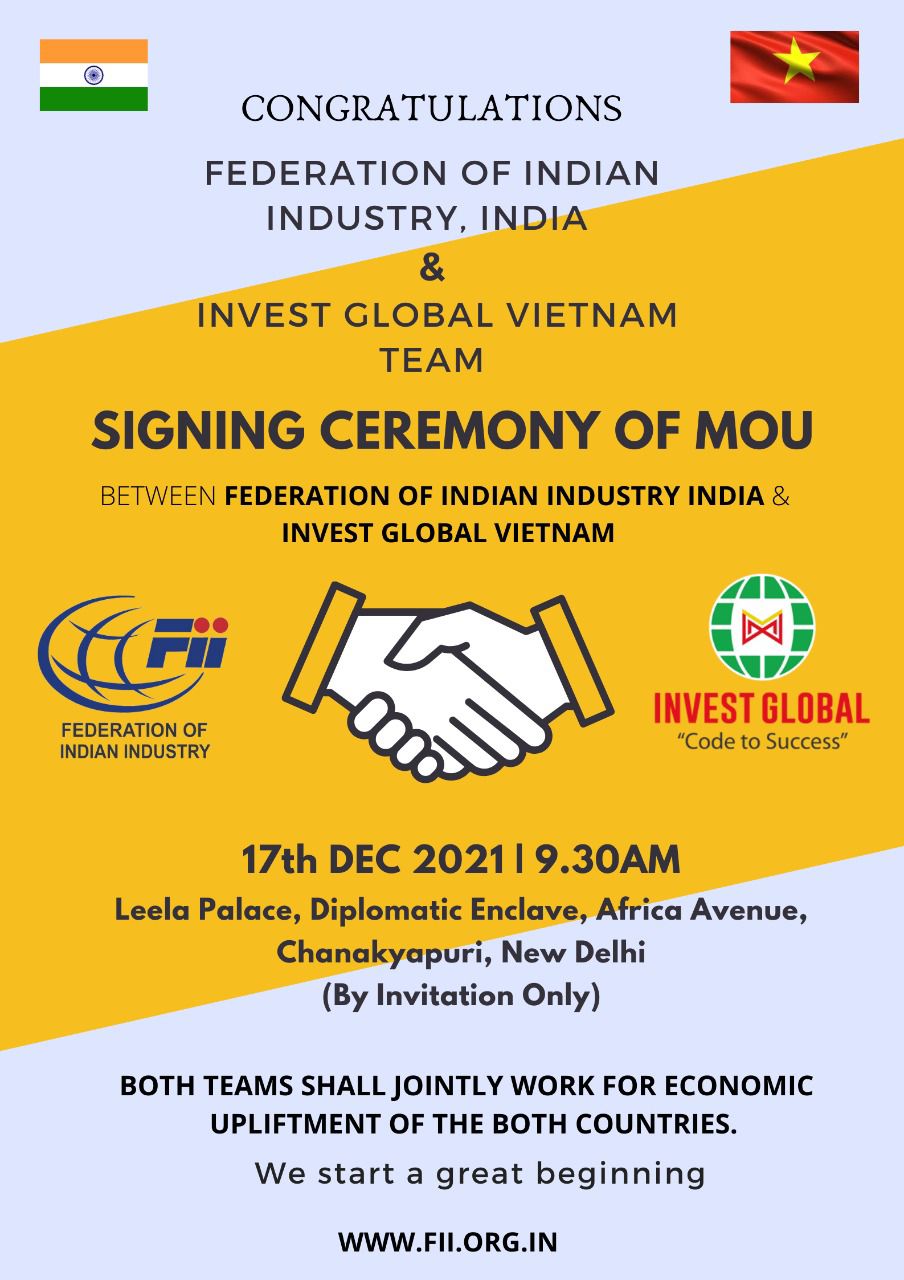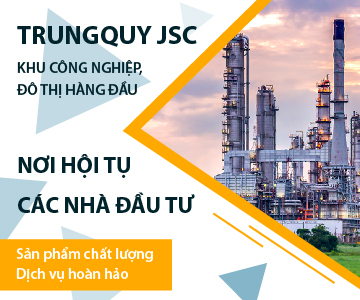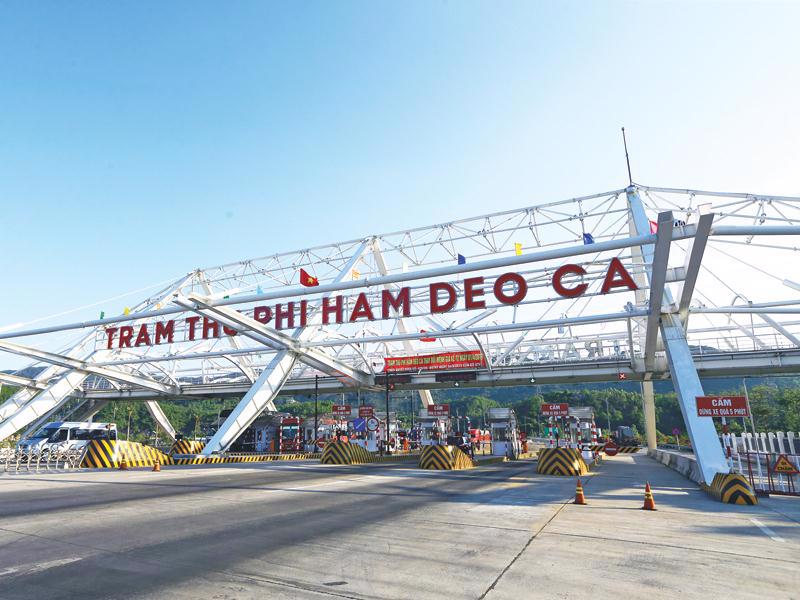INTERNATIONAL INVESTMENT
AND PORTAL
The policy, which imposes additional duties on imports from over 70 countries, is redrawing the region’s trade landscape and triggering a familiar response: relocation.
 Tyler McElhaney, country head, Apex Group
Tyler McElhaney, country head, Apex Group
For many global manufacturers, the move echoes the first wave of the US-China trade war from 2018, which catalysed a massive shift of production globally. This time, however, the ripple effects are broader, and Vietnam is once again emerging as a prime beneficiary.
Despite being among the countries affected by the new tariffs, with a 20 per cent surcharge on certain exports to the US, Vietnam remains a compelling destination for companies seeking to diversify their supply chains. Several factors are driving this trend.
Vietnam is a member of key trade pacts and bilateral free trade agreements, offering preferential access to major markets. Its manufacturing ecosystem has matured significantly since 2018, with a deepening base in electronics, textiles, furniture, and increasingly, semiconductors and electronic vehicle components.
Labour costs remain lower than in China, Thailand, or Malaysia, while infrastructure investments in ports, highways, and industrial parks continue to improve. Additionally, the Vietnamese government has been proactive in courting foreign investment, offering tax incentives and streamlined regulatory processes.
Other Asian economies are also vying for a piece of the relocation pie. Indonesia is investing in critical minerals and small- and medium-sized enterprise resilience, but its manufacturing growth has slowed and infrastructure gaps persist. Malaysia is focusing on high-tech sectors, yet its manufacturing Purchasing Manager Index dipped below 50 in early 2025, signalling contraction. Pakistan offers ultra-low labour costs, but political instability and weak logistics infrastructure remain major deterrents. South Korea and Japan have strong industrial bases, but their high-cost structures make them less attractive for mass-market production.
Vietnam’s edge lies in its balance: it offers the scale and cost-efficiency of emerging markets, with the trade access and policy predictability of more mature economies. Even with the 20 per cent tariff, Vietnam remains more cost-effective than many alternatives when logistics, labour, and regulatory factors are considered.
Vietnam’s ability to absorb global shifts and turn them into opportunity is unmatched in the region. We are seeing companies not just relocate here, they are redesigning their entire supply chain strategy around Vietnam’s strengths.
Multinational firms are already responding. Electronics giants are expanding in Bac Ninh province and Haiphong city in the north. Apparel and furniture manufacturers are scouting new sites in central and southern Vietnam. Supply chain consultants report a surge in inquiries from US and European buyers seeking to hedge against tariff volatility.
In June, establishment of two international financial centres was approved for Vietnam, in Ho Chi Minh City and Danang, which will begin to take effect from September. These centres are designed to position Vietnam as a competitive financial hub in Asia, offering special regulatory frameworks and infrastructure tailored to global capital markets.
The government sees these centres as a strategic move to attract global financial institutions, deepen capital markets, and enhance Vietnam’s integration with international investment flows. With a growing GDP, a rapidly expanding stock market, and a strategic location in Southeast Asia, Vietnam is laying the groundwork to become not just a manufacturing powerhouse, but a regional financial gateway.
Vietnam still faces hurdles, including labour shortages, energy constraints, and regulatory bottlenecks. Yet the country’s resilience and adaptability continue to shine. The nation is embracing transformation and positioning itself as a dynamic force in the global economy. With strategic reforms, expanding industrial capacity, and a bold vision for the future, this is Vietnam’s time to lead.



















